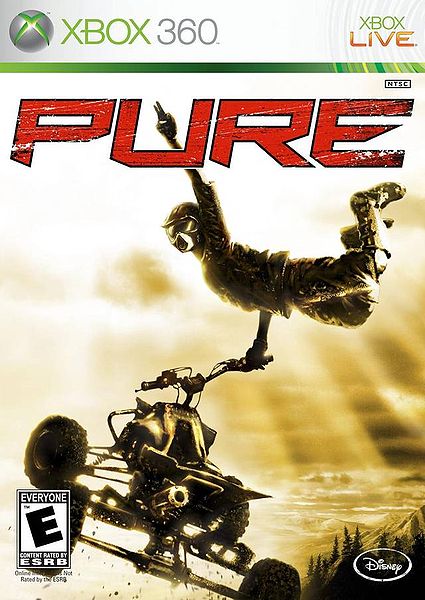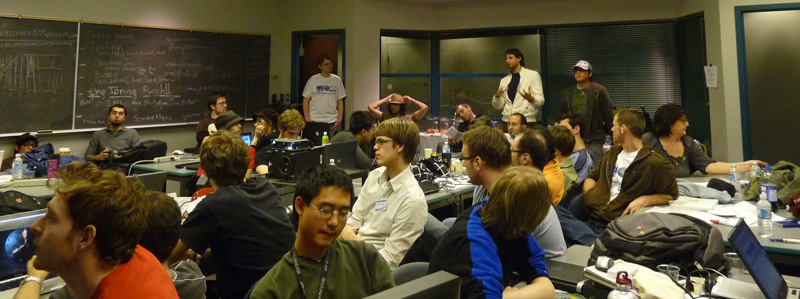PAX 2010
Posted in Conferences - Events on September 7th, 2010 by Veronica Zammitto – Be the first to commentLast week I went to the Penny Arcade eXpo (PAX 2010) which is a fest for the gaming lovers. It was a great trip!
PAX lasted three day (Friday, Saturday, and Sunday), there were talks, panels, workshops, rooms for gaming, and the expo floor where hundreds of companies were featuring their latest games. All this took place in Seattle, Washington, USA.
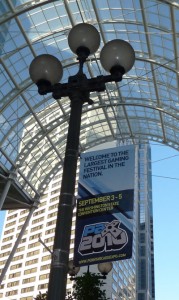 PAX banner by the convention center
PAX banner by the convention center
PAX ’10 sold out all badges a couple of weeks before the event, and it was indeed very crowded. People would queue for hours in order to have a spot for the keynote, or play one of the hottest games. Talking with other PAX attendees who have been at several PAX editions, it was noticed that the number of people have rocketed. The Washington Convention Center seemed small for all the flocks swarming the floors. The ‘big’ events such as keynote, concert, and closing ceremony happened at the Benaroya Hall but there was not enough space for all the PAX attendees, and a lot of people were left out. It seems that PAX organizers need to resolve the ratio of people-available space.
Benaroya Hall
Panels and talks covered different topics, always leaving time for Q&A which made things more dynamic, hearing the avid geeks’ thoughts and creating a more intimate atmosphere. From all the panesl, I’ll highlight “We Study Games…Professionally: Academic Research and Game Studiesâ€. I was really happy that such panel took place at PAX. Christopher Paul (Seattle University), Mark Chen (University of Washington), Nathan Dutton (Ohio University), Todd Harper (Ohio University), and Shawna Kelly (University of Southern California) presented on overview of their work and talked about how the game studies field is evolving. The room was completely full, and people were eager to know more about how studying games works.
Volunteers at PAX kind, cheerful and willing to help, they are called “Enforcers†which makes things even more hilarious. Wearing kilts was quite popular at PAX.

The expo floor was full of games ready to be played (plus your willingness for queuing), demos were also given often, flashy lights and music. It is a truly a never-ending source of data for us, the game user experience folks. It was really interesting to see how fast or slow people would pick up a game and be able to start playing, if they would stay there until the exhibition staff will kick them out or if they would sneak out while trying to be polite. I’ve to run a study there next year!
The final for the Omegathon was duelled with the Claw, a very exciting ending. 🙂


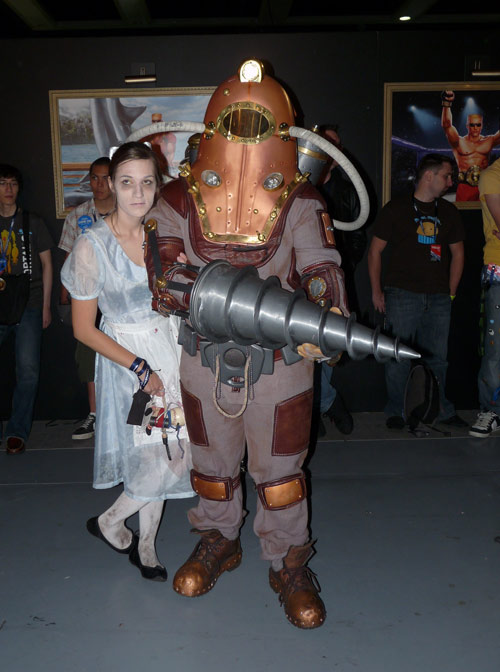
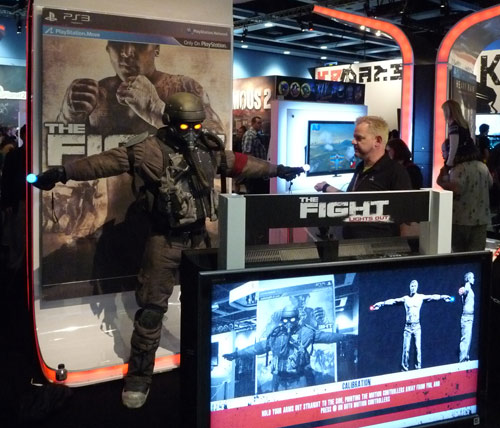

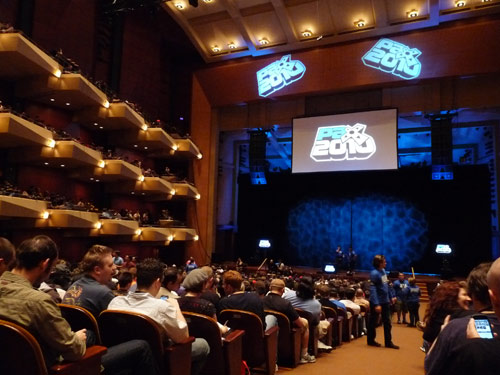
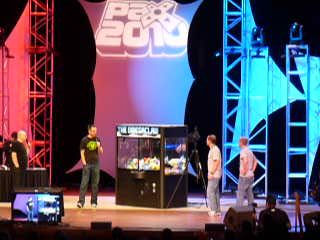

 Academics Pin
Academics Pin





